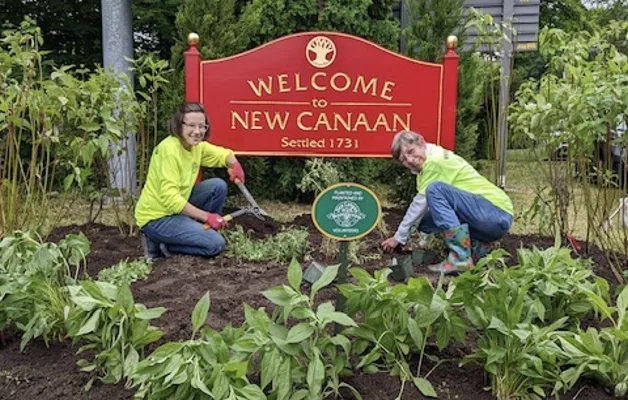Managing a patient’s pain presents a multifaceted challenge for health professionals. Pain is a symptom of many acute and chronic diseases, varies in perception and is subjective to each individual’s tolerance level. A patient’s ability to verbalize their pain can be hindered by various factors including their pain threshold, detailed verbal descriptions, and treatment complexity. Competencies, ongoing pharmacological education, regular patient pain assessments, management, and medication adjustments are all crucial processes for healthcare providers in today’s complex medical environment.
Regrettably, metabolic and behavioral issues related to pain medications, especially opioids, if not properly managed, poses risk of addiction. Beginning in the late 1990s, the consumption of medical opioids used to treat pain increased in many countries worldwide. Since that time, alarmingly the United States has outpaced every other country in per capita opioid consumption.
Research suggests that high levels of prescription opioid consumption in the United States has contributed to a concerning rise of opioid misuse and overdose cases. Prescribing practices and drug potency at the most basic level, may be the difference in consumption of opioids or the prescribing practices of health care providers. Historically, U.S. health care providers prescribe opioids more frequently, at higher doses, and throughout more stages of pain treatment—including as a first-line treatment—than their international counterparts.
While socialized medicine may have its obvious disadvantages, the U.S. medical system permits more autonomy for healthcare professionals and imposes fewer national standards of care than many of our European counterparts.
Nearly all published clinical guidelines discourage use of high-potency opioids, and opioids as a first-line treatment for managing long-term chronic non-cancer related pain. Legislative constructs and class action lawsuits to curb prescriptive abuses seem to be the most popular anecdote; however, many healthcare professionals recommend more thorough and frequent educational programs for frontline healthcare professionals including but not limited to nurses, physician extenders, and physicians alike.
Beyond the subjectivity of an individual’s pain threshold, cultural and ethnic factors can be impactful. More broadly, cultural differences in expectations about pain relief, entitlements, and access exists. Being mindful of the beliefs, experiences, and values of the patients and their families can improve the quality of the medical care provided.
Conversely, many patients refuse opioids due to fear of addiction or their belief that the administration of opioids early in the development of pain will decrease options for treatment in the future. Candid and open physician and patient dialogue regarding these issues are critically important to proactively address fears and biases.
There also remains a high level of confusion between hospice and palliative care. While hospice is directed for end of life, palliative care can be effective to relieve the aches and pains associated with chronic conditions.
Palliative care that focuses on symptom control and comfort measures has been shown to relieve suffering while maximizing their quality of life. While there have been published variations in defining “palliative care,” the Center to Advance Palliative Care (CAPC) offers the most structured definition: “Palliative care is specialized medical care for people living with a serious illness. This type of care is focused on providing relief from the symptoms and stress of the illness. The goal is to improve quality of life for both the patient and the family. Palliative care is provided by a specially-trained team of doctors, nurses and other specialists who work together with a patient’s other doctors to provide an extra layer of support. Palliative care is based on the needs of the patient, not on the patient’s prognosis. It is appropriate at any age and at any stage in a serious illness, and it can be provided along with curative treatment.”
Palliative care aims to treat holistically, taking into consideration factors beyond merely the patient’s diagnosis.
Similarly, the utilization of hospice for true end-of-life care is highly underutilized. Families cite their reluctance to give up on the potential, regardless of likelihood, of their loved one being cured or returning to full health. This reluctance often postpones the benefits that hospice can provide to the patient and their family until the very last days of life.
Sadly, studies have shown as much as half of those dying experience moderate to severe pain in the final months of life. While hospice care is too frequently utilized for dying patients during their final days, the benefits of hospice care can be accessed successfully within the final six months of life for not only the patient, but support for their loved ones.
In an ideal world, every patient and family member will have access to trusted and well-educated healthcare professionals who are well versed in pain management and comfort options. The role of these interprofessional teams will help clarify options, enhance quality of life, treatment goals, outcomes, and preferences; thereby, promoting equality, heightened quality outcomes, and superior patient and family satisfaction. By embracing a patient-centered approach and integrating palliative care early in the treatment process, individuals can benefit from enhanced quality of life and support tailored to their specific needs.
Russell R. Barksdale is a PHD, MPA/MHA, FACHE President, and CEO Waveny LifeCare Network



